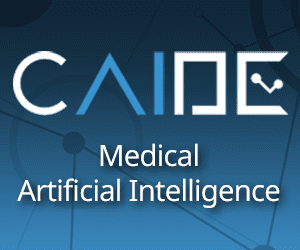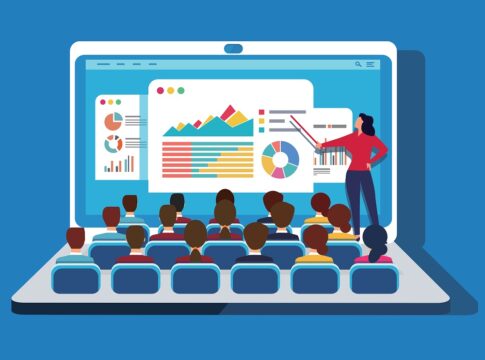Drones, also known as unnamed aerial vehicles (UAVs) are an amazing innovation which can be considered as a miniature pilotless aircrafts in the air preprogrammed for the functionalities and also can be controlled from a far distance. These small aircrafts are gaining a rapid popularity among various industries but the mass adoption of this technology is still a question mark for several industries. On the other hand there are few industries which were considered as impenetrable for such technologies are now adopting the drone technology at a huge scale for distinct purposes, and one of those sectors are defense. The drones have made its impeccable space in those industries which were stagnant for other technologies. Right from the delivery at the peak and busy hours till penetrating in a far military camp, drone has proven its expertise and efficiency. It has a potential to increase the work efficiency and drag the workload down by automating certain tasks.
Uses of drones in today’s world:
Uses of drones are myriad but there are certain industries where drones have proven as a boon and have made work simpler and swift too. Few of amazing areas where drones have burst out as miracle are listed below:
- Aerial photography:
There are certain places on the earth which are impossible to reach physically or may be unreachable at certain times. Here drone comes in as a hero that can be navigated to any direction at any height by incorporating various technologies to capture aerial images of such geo locations.
- Express shipping and deliveries:
In local geo locations shipping is a tough task, especially at the rush hours. Drones can help you for the fast track delivery by using air ways to reach a specific location and delivery product.
- Disaster management:
Natural calamities are a curse that affects one or another part of our globe. At those tough times it is necessary to help and rescue people living is disaster occurred locations. Sometimes, due to unfavorable conditions manual help is not an option for the disaster management. Here we can use drones to supply essentials to the folks struggling with the calamities. Also, drones can be used to gather information about those places for better rescue and management planning.








